As a responsible dog owner, caring for your furry best friend to keep them happy and healthy is among the most important things you can do. Dogs, like humans, are prone to accidents and medical emergencies where immediate help is necessary. First aid is very important and can make the difference between life and death for your dog if they are in a critical situation. In this article, you will learn the essential first-aid tips for dog owners in various cases, from minor injuries to severe ones.
Basics of First Aid for Dogs
We will get into more specifics, but first, you have to understand a few doggy first-aid principles.
1. Stay Cool and Think
In any emergency, your ability to stay calm is key. Dogs are sensitive to your emotions; if you panic, it may escalate your anxiety. Stop, slow down and think wisely. Assess how bad the complaint is and if it can be resolved at home or involve somebody competent right away.
2. Understand the typical vital signs of your Dog
Learn your dog’s regular heart rate, respiratory rate and temperature. The average heart rate in dogs is 60–140 bpm based on size, and normal breathing rates are between bpm. They have a normal temperature of 101 to 102.5 degrees Fahrenheit, so if your dog is not expelled this way, it could indicate that they are very sick and need immediate attention. These baselines would help you understand when something is not right.
3. Keep a First-Aid Kit Ready
A good first-aid kit, specifically for dogs. Make sure gauze, adhesive tape, antiseptic wipes (for minor cuts and scrapes), a digital thermometer,o tweezers, scissors (in case of severe hair matting or tangled limbs), hydrogen peroxide to induce vomiting if advised by the vet o muzzle as every dog may become aggressive while in pain. And don’t forget the phone number for your local emergency animal hospital.
The Most Common Dog Emergencies
In the base, you learned, let’s go over how to deal with different emergencies.
1. Treating Cuts and Wounds
Dogs are lively creatures, mostly outside, and injuries like cuts or scrapes can doodle on them. When your dog gets injured, always stop the bleeding. Use gentle pressure with a clean cloth or gauze pad. If the bleeding does not stop within a few minutes, get veterinary help. Once the bleeding is stable, rinse off the wound with saline or lukewarm water and apply an antiseptic. Apply a sterile bandage to the wound.
2. Addressing Heatstroke
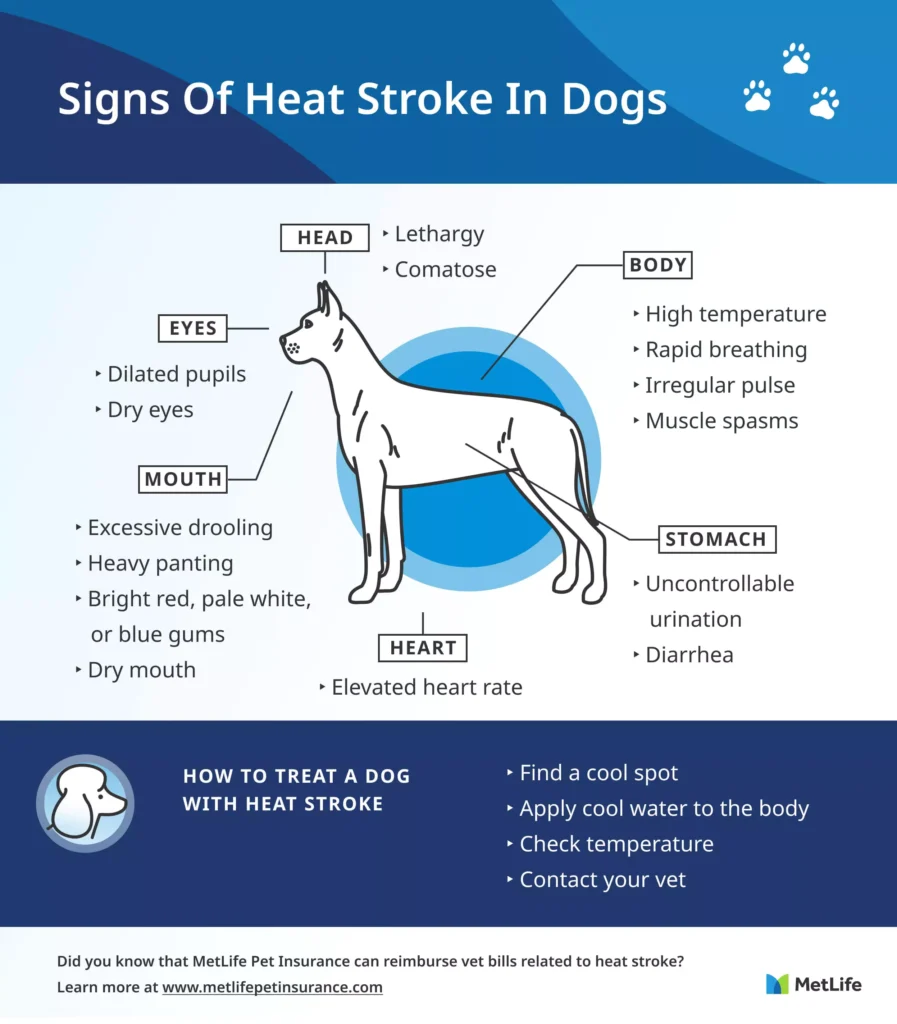
Heatstroke is a very serious condition; it happens when your dog’s temperature goes above 104° F. This can develop rapidly, especially in hot climates or when a dog is left alone in a vehicle. Signs can range from excessive panting, drooling, and lethargy to vomiting and collapse. If you suspect your dog has Heatstroke, immediately move them to a cool area. Wet your dog, specifically the belly, chest and paws, with not cold water. Avoid giving even small quantities of fluids to drink, and get veterinary help as quickly as possible.
3. Managing Choking
Dogs eat many things they shouldn’t, which can get stuck in the throat and choke it. In that case, your dog may paw at their mouth and make retching noises or gag. FIRST, INSPECT THE MOUTH & REMOVE VISIBLE OBJECTS IF POSSIBLE. You may have to perform the Heimlich if your dog is still choking. You had to hang small dogs upside down and strike them on the back. Place hands beneath the rib cage firmly and push upwards for larger dogs. Schedule a veterinary visit for choking, even if you recover the object.
4. Treating Poisoning
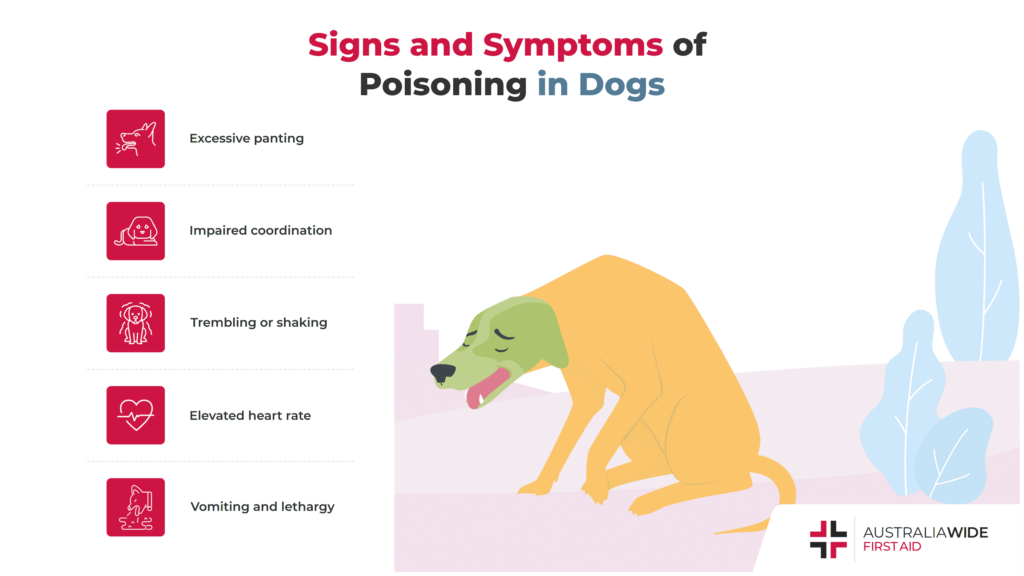
Dogs are curious and will eat things they shouldn’t, like household cleaners, plants or foods that can be harmful to them, e.g. chocolate and grapes, which are poisonous for dogs. One of the signs that a dog can end up dead from Poisoning is vomiting, diarrhea or lethargy. If you believe your dog has eaten something poisonous, immediately call your vet or an emergency poison notice line. If advice is needed, have a product container or label at hand. It is a good idea to have hydrogen peroxide in your first-aid kit, but it should only be used with the guidance of your veterinarian.
5. What To Do About Broken Bones Or Sprains
If you notice limping, you should suspect a sprain or broken bone; the dog refuses to put weight on a limb. Hold your dog as still and quietly as possible so that no additional damage is done. Never try to relocate or splint the bone on your own. Or ideally, have someone take your dog on a stretcher or a strong plank when going to the clinic.
6. Managing Seizures
Observing a seizure can be scary, but try to stay calm. If your dog is having a seizure, do not attempt to hold them. Place objects that could cause injury away from your area of operation. Quiet and darken the location and time of the seizure and how long it lasts. Reach out to your vet for guidance following a seizure.
7. Handling Eye Injuries
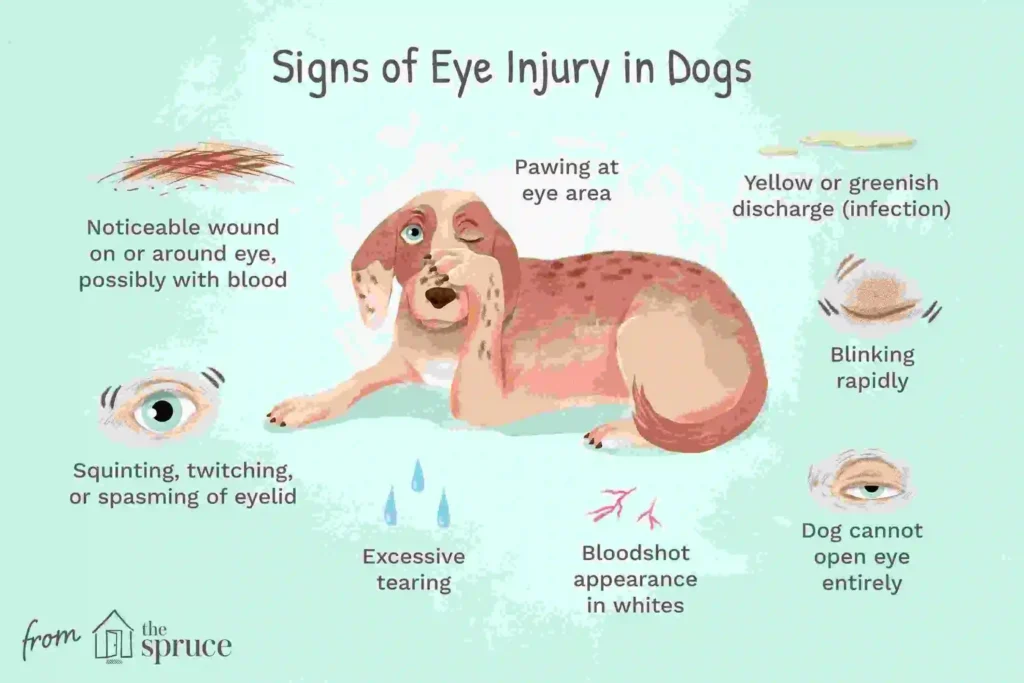
In dogs, eye injuries are relatively standard, and the longer they run around outside independently … You should check for squinting, pawing at their eye or a red swollen appearance that likely indicates an injury to the same. Wash the eye with saline solution; do not allow your dog to scratch or rub it. Because eye injuries in parrots can deteriorate very quickly, this urgent emergency requires immediate veterinary care.
Important things to do Preventative Measures and Preparing for Emergencies
1. Regular Health Checkups
Seeing the vet for regular checkups will minimize emergencies by detecting health risks early. The bottom line is that preventative care, which includes vaccinations, parasite control and routine blood tests, is all-important to keep your dog healthy while reducing the chances of a visit-related emergency.
2. Pet Insurance
Try to get pet insurance for assistance with payment for emergency services. Your dog may be healthy, but accidents and sudden illnesses happen to even the best-cared-for dogs, and a good insurance plan will help cover those unexpected yet expensive veterinary bills.
3. Understand The Basics of First-Aid
Consider Pet First Aid Training It might be a good idea to get some pet first-aid and CPR training that includes topics on wound care, and many organizations do offer this — the American Red Cross notably being one of them. Learning in a Hands-On Environment Will Prepare You to Respond Quickly During an Emergency.
4. Keep Your Dog Safe
The Best Attack Is A Good Defense Formerly: Preventing an Accident is always better than curing it. Dog proof your home and yard by removing toxic plants, putting a lid on trash cans, and plenty of pillows out from the dog… If you are outside, always ensure a watch on your puppy’s head so, especially around new areas where their awareness level is the lowest.
Expert Quotes & Commentary
Veterinarian Insight
The beauty of having a basic knowledge of administering first-aid is that you will be forever bgrateful. Your quick work helps hold their situation while you treat them properly. But remember, first-aid is not a replacement for veterinary care; it’s the starting point in getting urgent help,” Dr Emily Patterson, DVM (specializing in emergency and critical)
THE VISION OF PET FIRST-AID TRAINER
“Knowing how to do pet CPR or the Heimlich maneuver for a dog may come in handy when an animal needs assistance urgently. It is a skill every dog owner should have,” says Lisa Graham, public relations coordinator and certified pet first-aid instructor.
Pet Safety Advocate
An ounce of prevention…” Ensuring your dog has a safe environment and knowing where dangers could be can prevent an emergency. Even so, accidents can and will happen – if you have a properly stocked first-aid kit kept at the ready and take some time to learn how to use it, with luck, your dog may still live on,” warns pet safety advocate Rebecca Collins.
Conclusion
As a dog owner, you have many responsibilities, but the most important is the ability to perform in an emergency. Knowing some basic first-aid for your dog can save your furry buddy’s life in emergencies. You can enjoy more years with your dog by maintaining a prepared first-aid kit, understanding the basic methods in emergencies, and being careful of preventable diseases.
Remember, first-aid can stabilize your dog during an emergency but is not a substitute for professional veterinary care. But always go to your vet after an incident and see a professional if your dog’s condition is severe. Your Preparedness and Knowledge Could Save Your Dog One Day

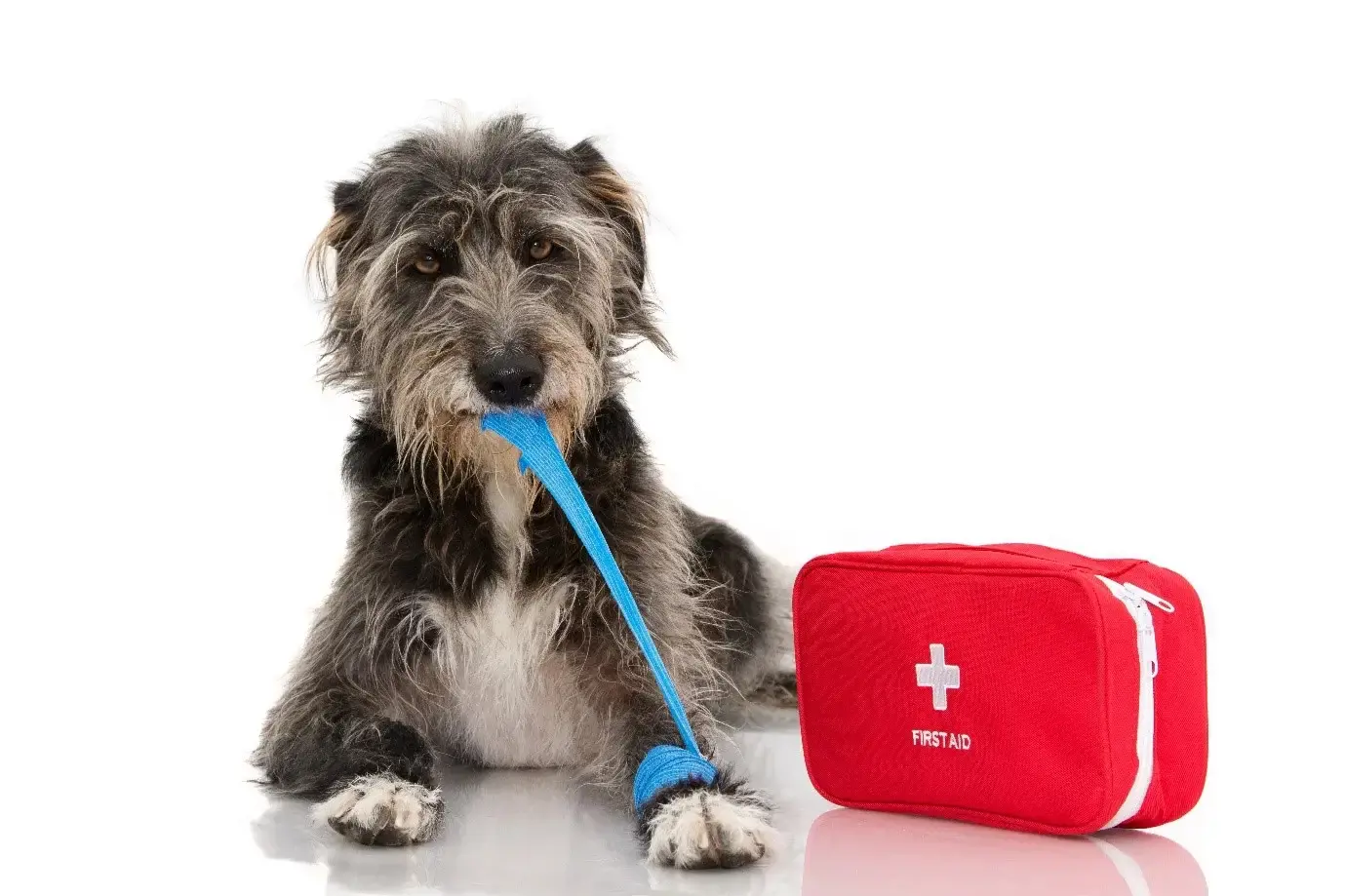
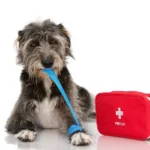
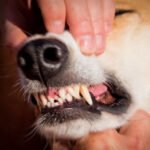

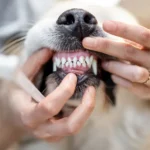
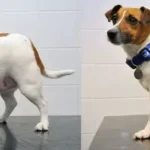
Leave a Reply